Northern Lights: The traditional explanation for the aurora borealis is wrong, physicist says
The Earth plays a much bigger role in creating the amazing light show than most people realise
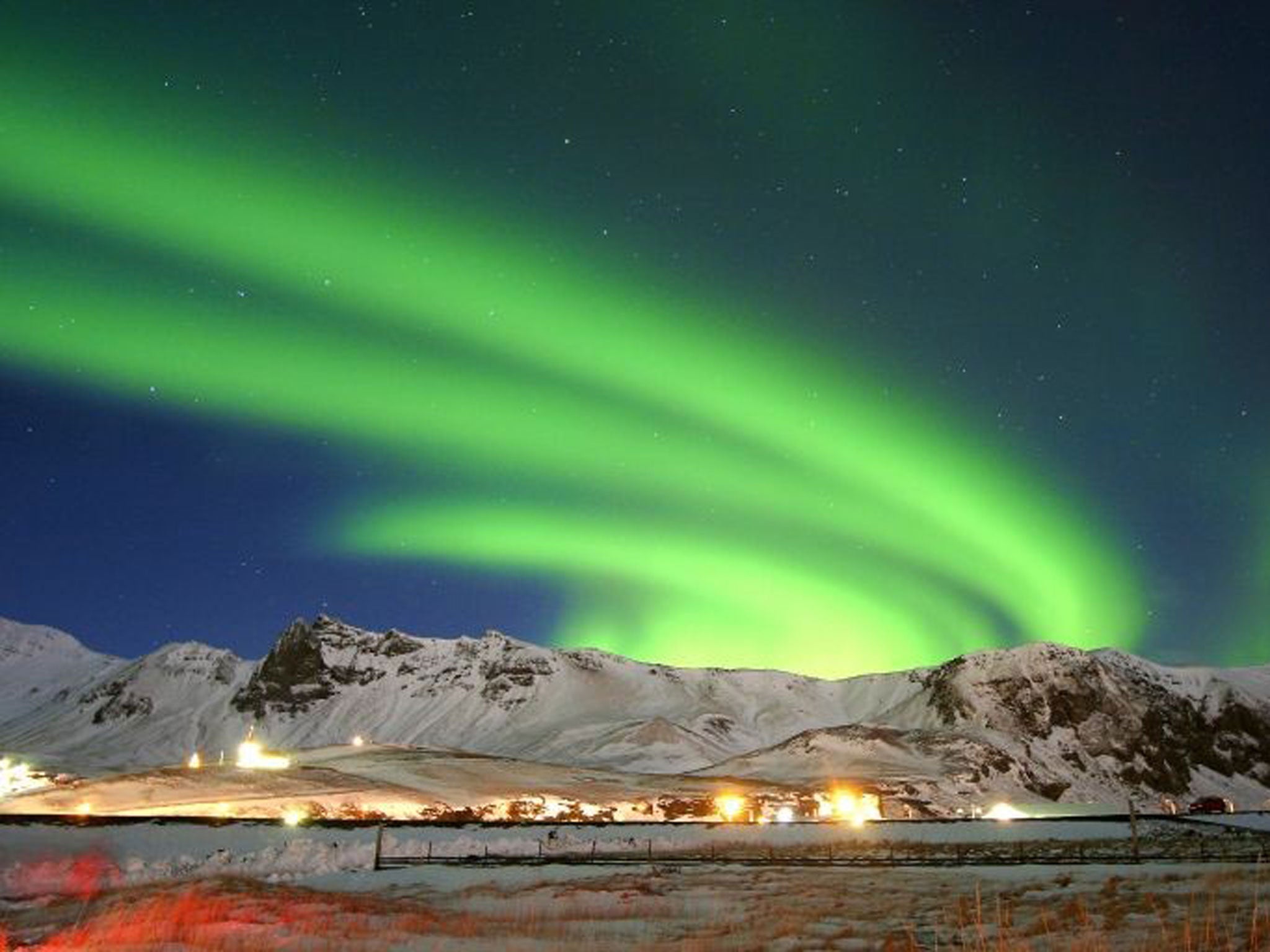
The Northern Lights are one of the most spectacular natural events on the planet.
The usual explanation given by tour guides and in books is that charged particles carried by solar winds from the sun hit the Earth’s magnetic field.
But if this was the whole story, the aurora borealis, named after the ancient Greek goddess of the dawn, Aurora, and Boreas, the Greek name for the north wind, would hardly be visible as it would take place during the day, physicist Dr Melanie Windridge pointed out.
And the particles themselves do not actually have enough energy to create some of the staggering light shows seen closer to the poles.
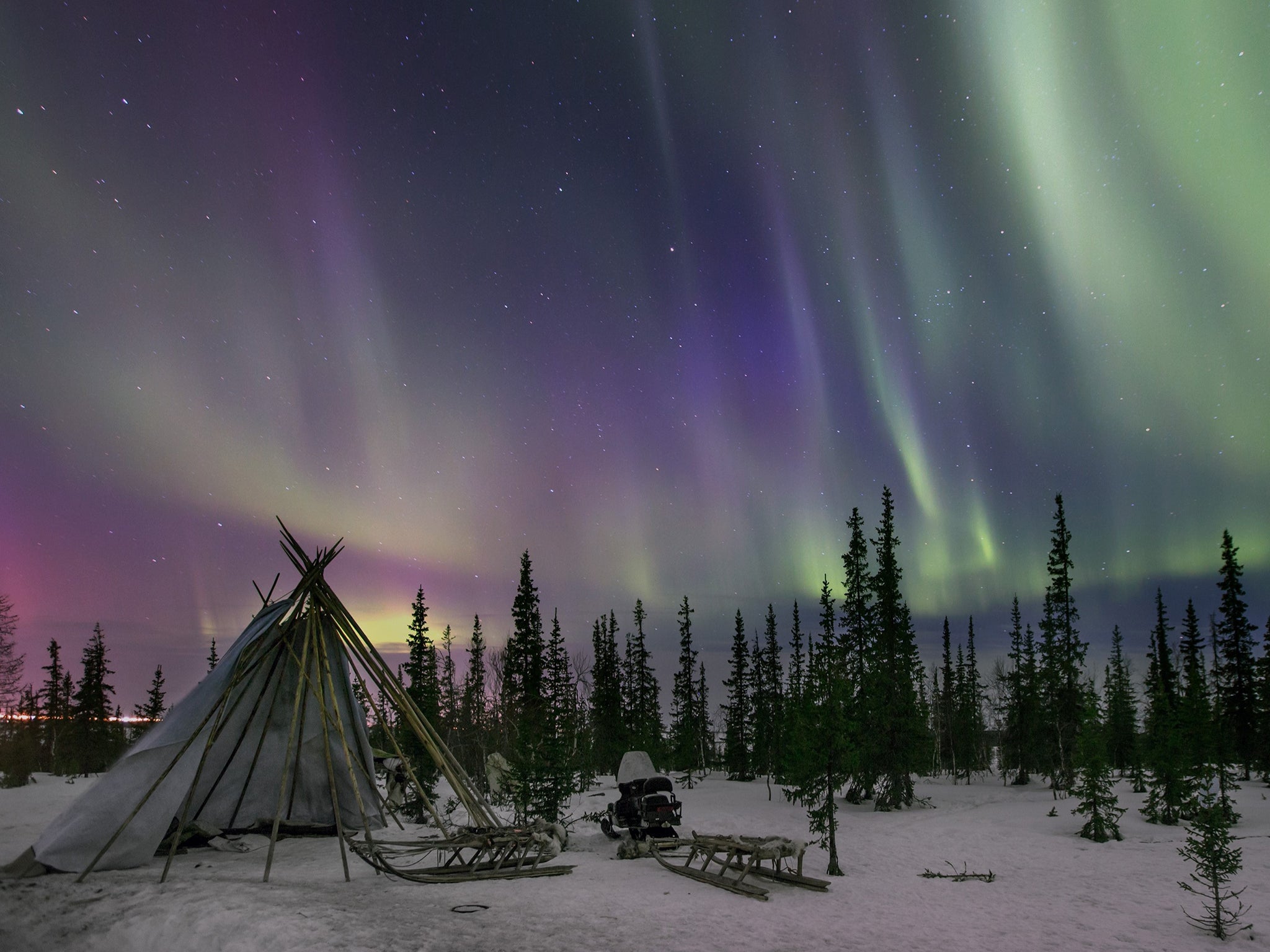
A key part of the process is missing.
After journeying to northern latitudes to learn about traditional cultures views of the lights for a popular science book on the subject, Dr Windridge gave a talk on the subject at the British Science Festival.
Speaking ahead of the event, she told The Independent there was “so much more to it” than the traditional explanation about charged particles from the sun hitting the Earth's magnetic field.
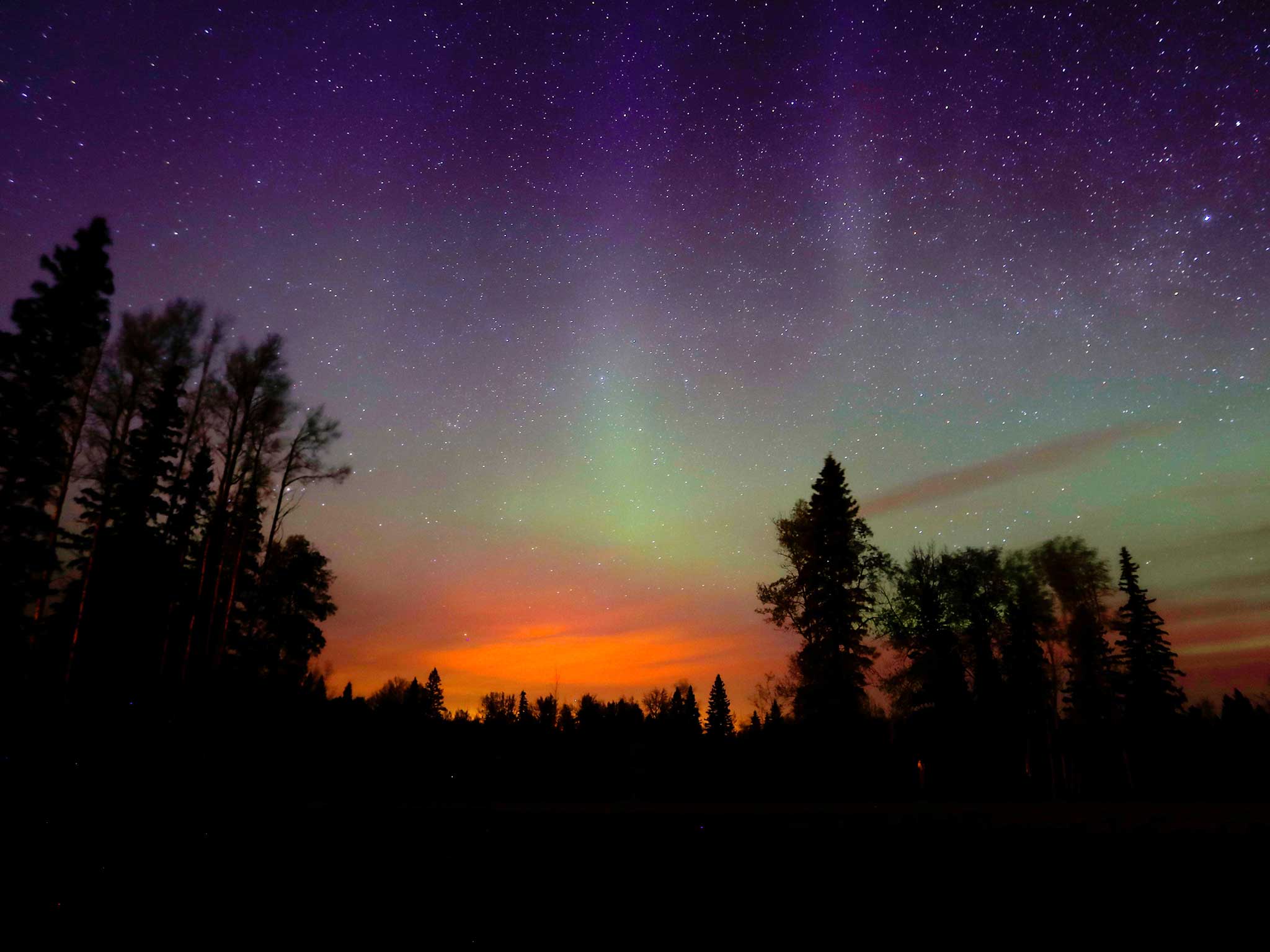
“If they were coming in directly, they would come in during the day time and the aurora happens at night,” she said.
“So something is happening to get these charged particles round to the night side of the Earth.
“The particles that come in directly don’t have enough energy to make the sort of vibrant displays that we see.
“Somewhere those electrons are being accelerated, there has to be acceleration.”
That key part of the process is largely provided by the Earth, specifically its magnetic field.
This protects life on the planet from being killed off by radiation from the Sun.
It has a basic pattern but is constantly moving and it is hear that the aurora is created.
“In the Earth’s magnetic field, the lines snap and rejoin in a new configuration and this snapping and rejoining releases huge amounts of energy,” Dr Windridge said.
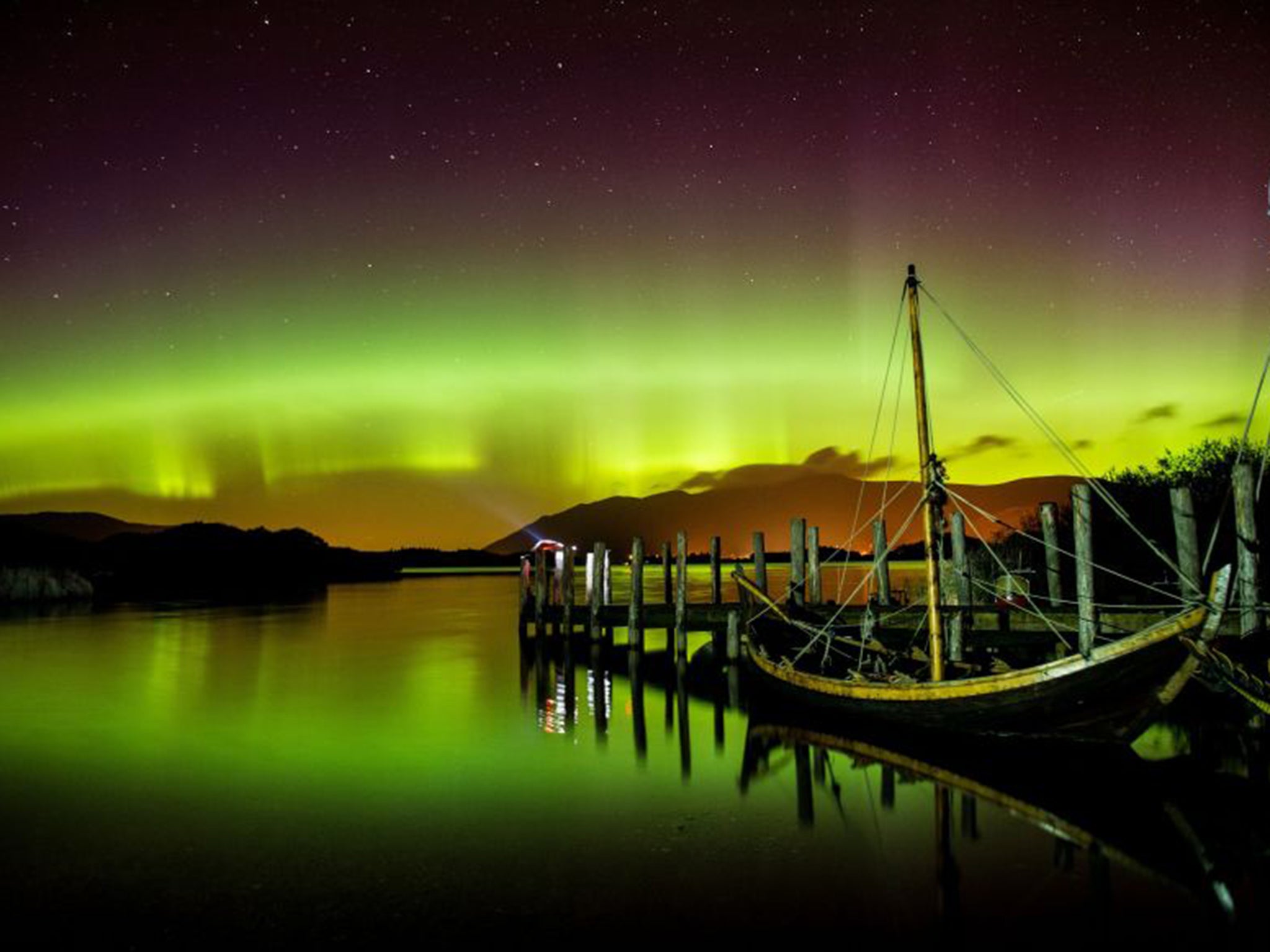
This takes the particles from the sun and hurls them onto the dark side of the Earth with tremendous force. A video produced by Nasa explains the process.
Dr Windridge, whose book Aurora: In Search of the Northern Lights is already published in hardback, said she had travelled through countries including Iceland, Sweden, Norway and Canada asking local people about the effect.
“A reindeer herder in northern Norway told me the aurora was a natural baby sitter,” she said.
“The parents would tell their children that they mustn’t be home late or the aurora would get them.
“And there’s an old Sami story about a boy who was mocking the moon and the sun and then he mocked the Northern Lights and was struck down and killed.”
But she said for people who saw it regularly, the Northern Lights were simply part of everyday life.
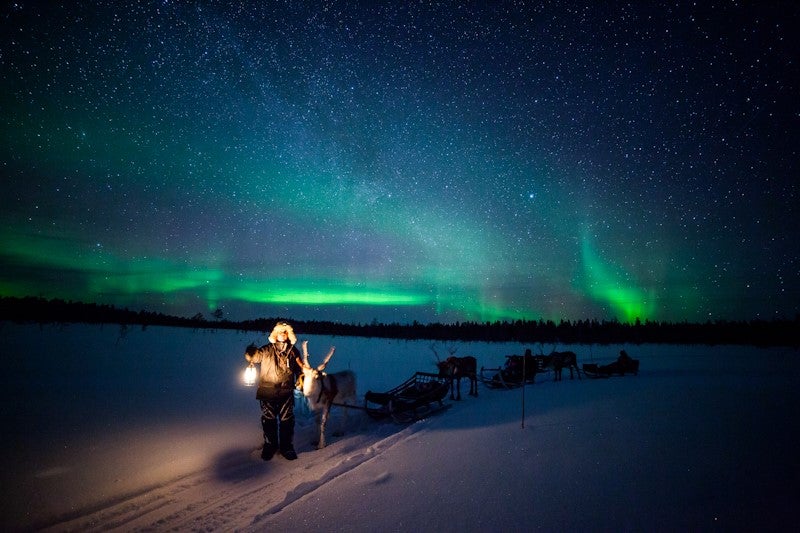
“The reindeer herder told me it’s just like weather, like the rain or the wind. It was such a normal thing for them.”
Despite her travels, Dr Windridge has not yet seen the most dramatic light shows that can be produced by the effect.
“I’m still waiting for that incredible lighting up of the whole sky,” she said. “I still haven’t seen that big display, but I’m planning to go to Iceland in November.”
Join our commenting forum
Join thought-provoking conversations, follow other Independent readers and see their replies
Comments